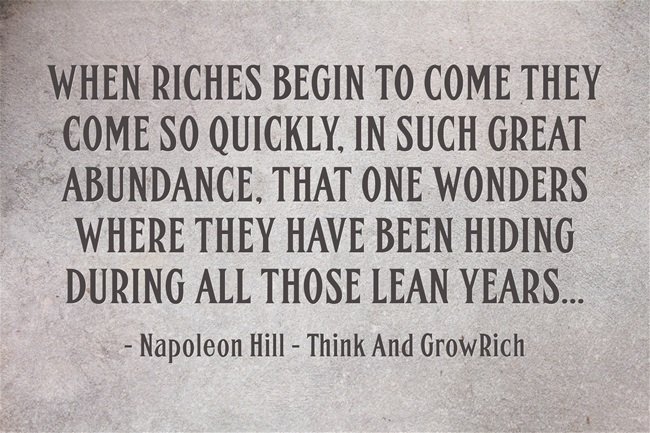The Evergreen Importance of Goal Setting
 Despite the common reaction to goal setting articles as repetitive or mundane, their fundamental value remains significant.
Despite the common reaction to goal setting articles as repetitive or mundane, their fundamental value remains significant.
Champions in various fields consistently revisit these basics to maintain their edge.
“Amateurs practice until they get it right; professionals practice until they can’t get it wrong.” This mindset is crucial for effective strategizing.
The Dual Perspectives on Goal Setting
During presentations on goal setting, two predominant attitudes emerge; novices or skeptics who have yet to embrace the practice, and those disillusioned by past failures. Despite skepticism, there’s a general acknowledgment of goal setting’s positive impacts. The article stresses the need for not just listing goals but actively planning and working towards them.
In-Depth Exploration
The process begins with introspective questions about one’s desires and ambitions, urging readers to dream boundlessly. Specificity in goal-setting is highlighted as essential, turning vague wishes into concrete targets. For those unsure of their objectives, the first step is to set a goal to discover them.
The Transition from Dreams to Plans
The physical act of writing goals, rather than typing, is advocated to transform them from intangible dreams to tangible objectives. Identifying necessary skills and knowledge forms the next step, along with recognizing and seeking help from relevant individuals and organizations. Preparing for potential hindrances is also advised.
Overcoming Obstacles: The Road to Achievement
Acknowledging and addressing obstacles is a crucial part of the journey. The article suggests a thorough analysis of barriers and strategic application of resources to overcome them. This approach can lead to significant progress towards goal achievement.
Crafting a Plan: The Blueprint for Success
Similar to business or personal events, goal achievement requires meticulous planning. This includes outlining necessary steps, prioritizing them, and setting deadlines. The plan should be realistic and adaptable, serving as a guide towards the desired outcome.
 The Power of Action: Moving Beyond Planning
The Power of Action: Moving Beyond Planning
The key differentiator between mere goal setting and goal achieving is action.
You must do something that takes you in the direction of your goal.
Consistent daily efforts, regardless of obstacles, are necessary.
The hardest part is often starting, but maintaining momentum is crucial for success.
Visualization and Perseverance: Strengthening Resolve
Continual visualization of goals and a steadfast commitment to never give up are essential. Positive visualization reinforces goals in the subconscious, aiding in recognizing opportunities and resources. A relentless attitude towards overcoming challenges is encouraged.
Conclusion: The Focus of Top Achievers
The article concludes by differentiating between ordinary goal setting and that of peak achievers. The latter group employs a focused approach similar to the outlined process, with a clear mission of success. Adopting this methodology can elevate one to the levels of admired achievers. Go for it!

Six Daily Actions to Achieve Your Goals
Achieving your goals doesn’t happen overnight. It requires consistent effort and daily actions. Here are six practical steps you can take every day in your goal setting to move closer to your objectives:
1. Set Clear Daily Objectives
Start each day by setting clear, attainable objectives that align with your larger goals. These should be specific tasks that, when completed, bring you a step closer to your ultimate aim. For example, if your goal is to write a book, your daily objective might be to write a certain number of words or pages.
2. Prioritize Your Tasks
Once you have your daily objectives, prioritize them. Identify the most critical tasks and tackle them first. This ensures that your energy and focus are directed towards the activities that have the most significant impact on your goals. Use tools like the Eisenhower Box to differentiate between urgent and important tasks.
3. Maintain a Positive Mindset
A positive attitude is vital. Start your day with a positive affirmation or a few minutes of meditation to set the tone. Throughout the day, keep your mindset in check. If you encounter setbacks, reframe them as learning opportunities rather than failures.
4. Track Your Progress
Keep a journal or use an app to track your progress. This helps in two ways: it provides a tangible record of your achievements, and it helps you stay accountable. Reviewing your progress can also be a great motivational tool, showing you how far you’ve come in your goal setting and goal achievement.
5. Learn Continuously
Dedicate a portion of your day to learning. This could involve reading articles, watching tutorials, or even attending workshops related to your goal. Continuous learning not only broadens your knowledge but can also provide new ideas and inspiration.
6. Reflect and Adjust
End your day with reflection. Look back at what you’ve accomplished and consider what worked well and what didn’t. Be open to adjusting your approach. Flexibility is key to overcoming challenges and staying on track towards your goals. Goal setting doesn’t end with knowing what you want. You must manage your results and adjust as necessary.
Incorporating these actions into your daily routine can create a powerful framework for achieving your goals. Remember, consistency is key – it’s the small steps taken every day that lead to significant achievements over time.
